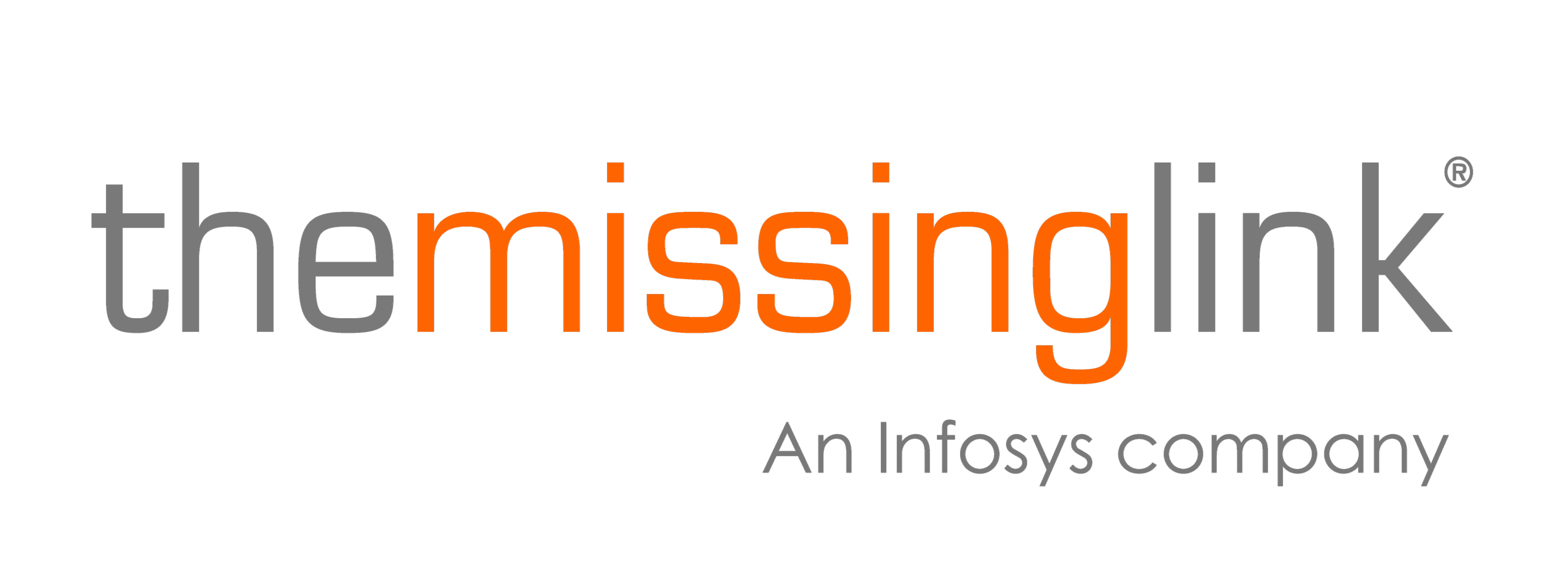DevSecOps integrates security into every phase of your software development lifecycle, from planning to deployment. In a world where cyber threats evolve faster than ever, DevSecOps empowers teams to build secure applications without sacrificing speed or agility.
As modern apps increasingly rely on open source, 67% of developers now work with code from external libraries, yet only 21% of organisations use a Software Bill of Materials (SBOM) to track those components. This lack of visibility is a growing concern in software supply chain security.
The good news? 67% of development pipelines are now mostly or fully automated, according to GitLab’s 2024 DevSecOps survey. That makes this the perfect time to embed security into your CI/CD workflows, not as an afterthought, but as a core capability.
What is DevSecOps?
DevSecOps implements security practices during the early stages of production, ensuring that security concerns are addressed from the beginning of each stage.
The goal is to deliver pro-active and customer-focused security that predicts cyberattacks rather than a reaction-based solution. Security issues are identified during development instead of waiting until the release of a product.
When it comes to fixing security flaws, DevSecOps reduces the costs by implementing security into the development process.
DevOps vs DevSecOps
|
Feature
|
DevOps
|
DevSecOps
|
|
Primary Focus
|
Speed & delivery
|
Speed + integrated security
|
|
Security Role
|
Added later in the process
|
Built-in from the start
|
|
Team Collaboration
|
Dev + Ops
|
Dev + Ops + Security
|
Benefits of DevSecOps
Businesses experience many benefits from DevSecOps, including:
- Stronger security posture - Minimising your vulnerabilities while your code coverage and automation will increase using fixed infrastructure.
- Lower costs - By detecting security issues early in the development process, it will safeguard your business while also increasing your speed of delivery.
- Faster recovery - There is enhanced recovery speed in the instance of a security breach by utilising templates and methodologies.
- Proactive threat hunting - With cybercrime continually evolving at a rapid pace, it is crucial to actively hunt for threats so you can effectively monitor and manage your security auditing systems.
- Built-in compliance - By using automated security systems to review code, in conjunction with automated application security testing, will enable your developers to implement secure models.
Cloud-native attacks
Misconfigured cloud resources remain a top threat in 2025, with attackers exploiting exposed storage, unprotected APIs, and poorly managed credentials. DevSecOps enables developers to automate secure configurations, detect misconfigurations early, and deploy compliant infrastructure using Infrastructure as Code (IaC).
Many businesses, currently using cloud solutions, rely on DevSecOps tools and principles to improve their agility and security.
Planning for success
DevSecOps requires detailed planning when it comes to cloud security. Collaborating with development and quality analysis teams will ensure the appropriate security automation and configuration of cloud assets.
DevSecOps offers high reliability and software agility giving your business a secure advantage, ensuring that you always stay one step ahead of potential security threats.
Businesses need to be agile and innovative to compete in the current market. DevSecOps allows you to go faster and innovate while remaining secure.
Ready to embed security into your development pipeline?
Get in touch with our DevSecOps specialists to build a secure, agile cloud environment that scales with your business.
